164 SACD / TACET’s Beethoven Symphonies: nos. 5 & 6
TACET’s Beethoven Symphonies
Ludwig van Beethoven
Symphonies No. 5 & 6
Polish Chamber Philharmonic Orchestra, Wojciech Rajski
TACET Real Surround Sound & Stereo
Tube Only / Transistorfrei
EAN/barcode: 4009850016441
Description
This is definitely a reference hi-res disc both because of the orchestral performance and the sound. If anybody still out there dares to say that regular CDs are just as good as a hi-res surround sound SACD all they have to do is listen to this disc with the appropriate equipment. Specifically they should go to the Finale of the 5th (T-4) and T-8, the Storm movement of the 6th - there are no words to accurately describe the feeling of being in the midst of orchestra as it were. A highly recommended disc, both for the sublime orchestral performance and more so for the glorious sound – a must have! Audiophile Audition
3 reviews for 164 SACD / TACET’s Beethoven Symphonies: nos. 5 & 6
You must be logged in to post a review.

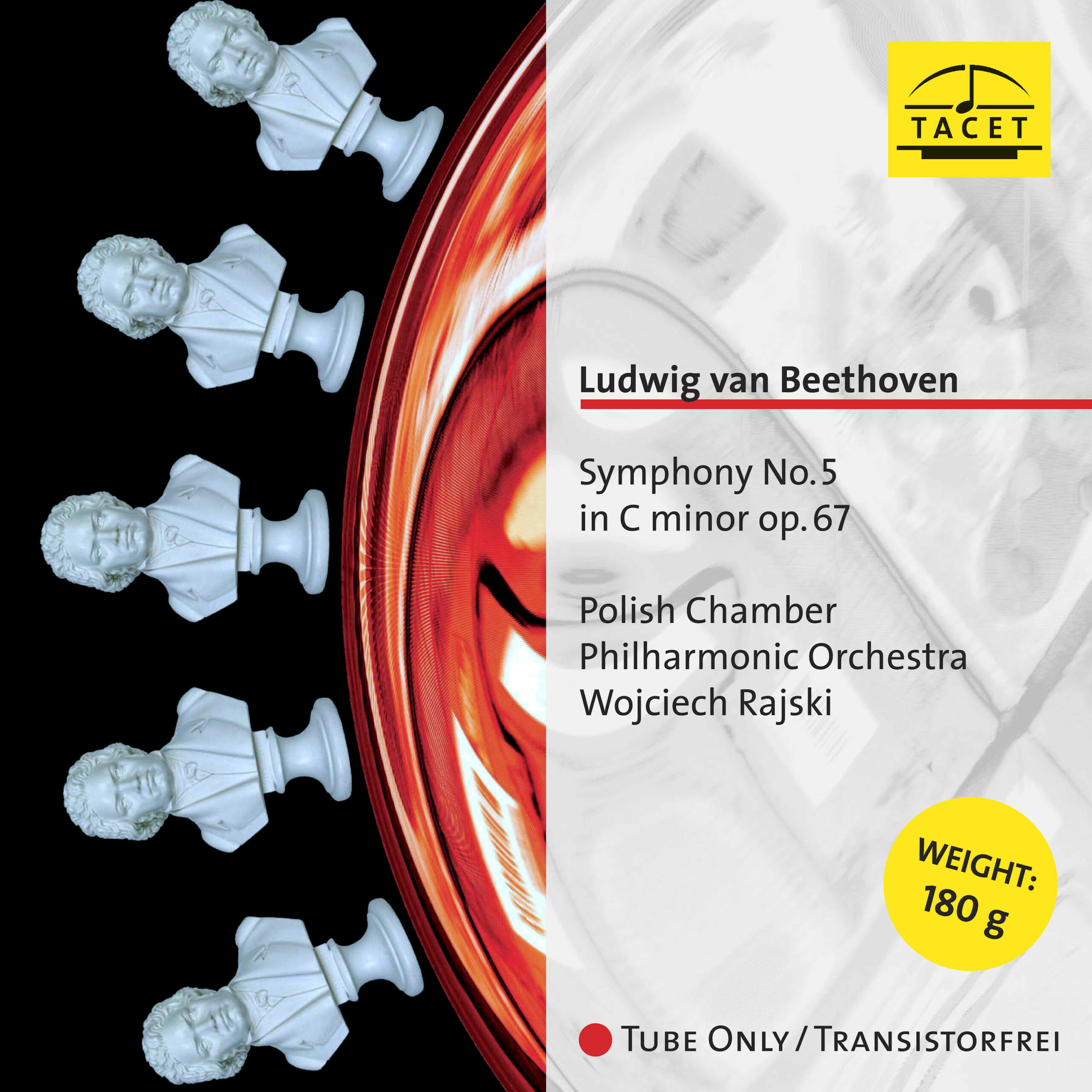
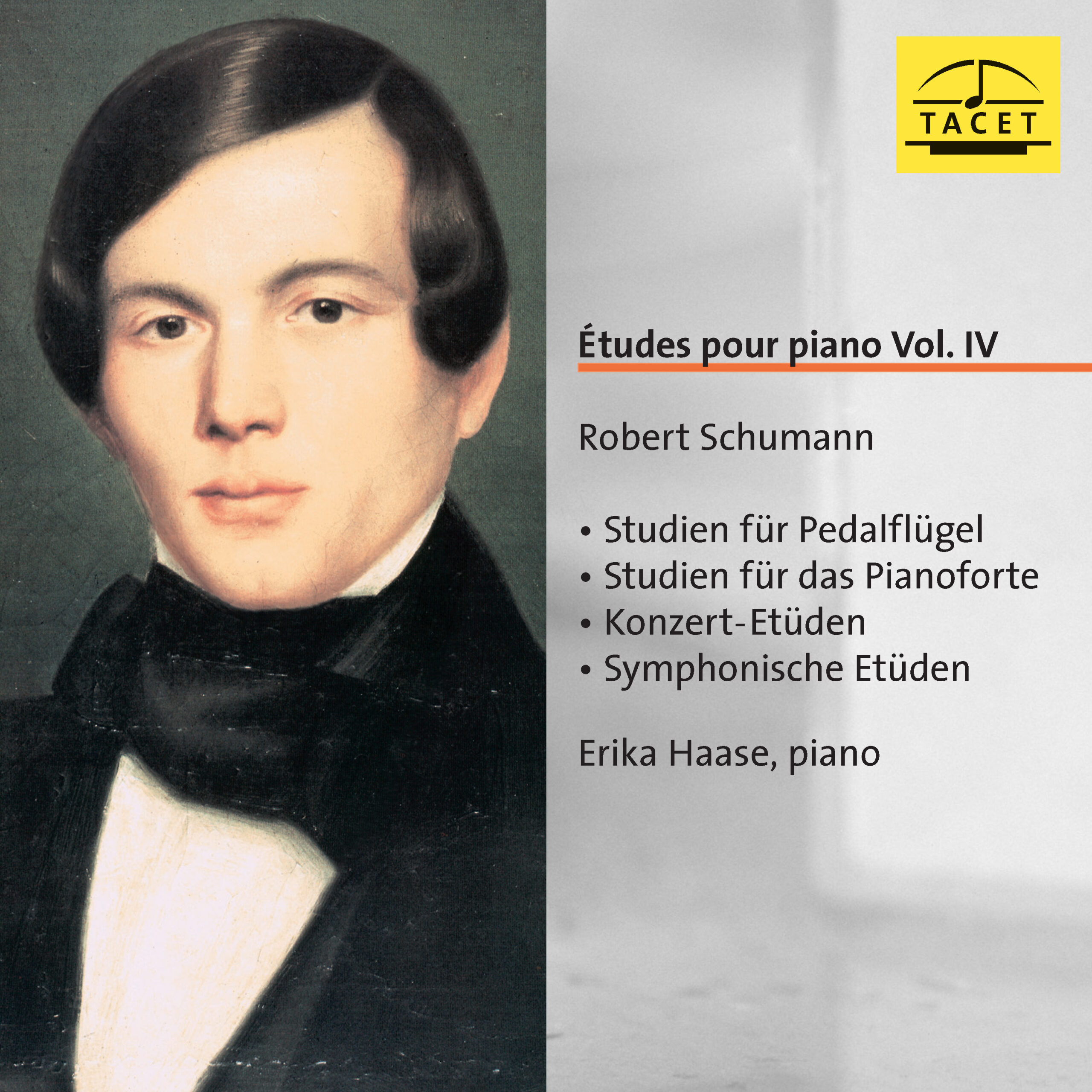
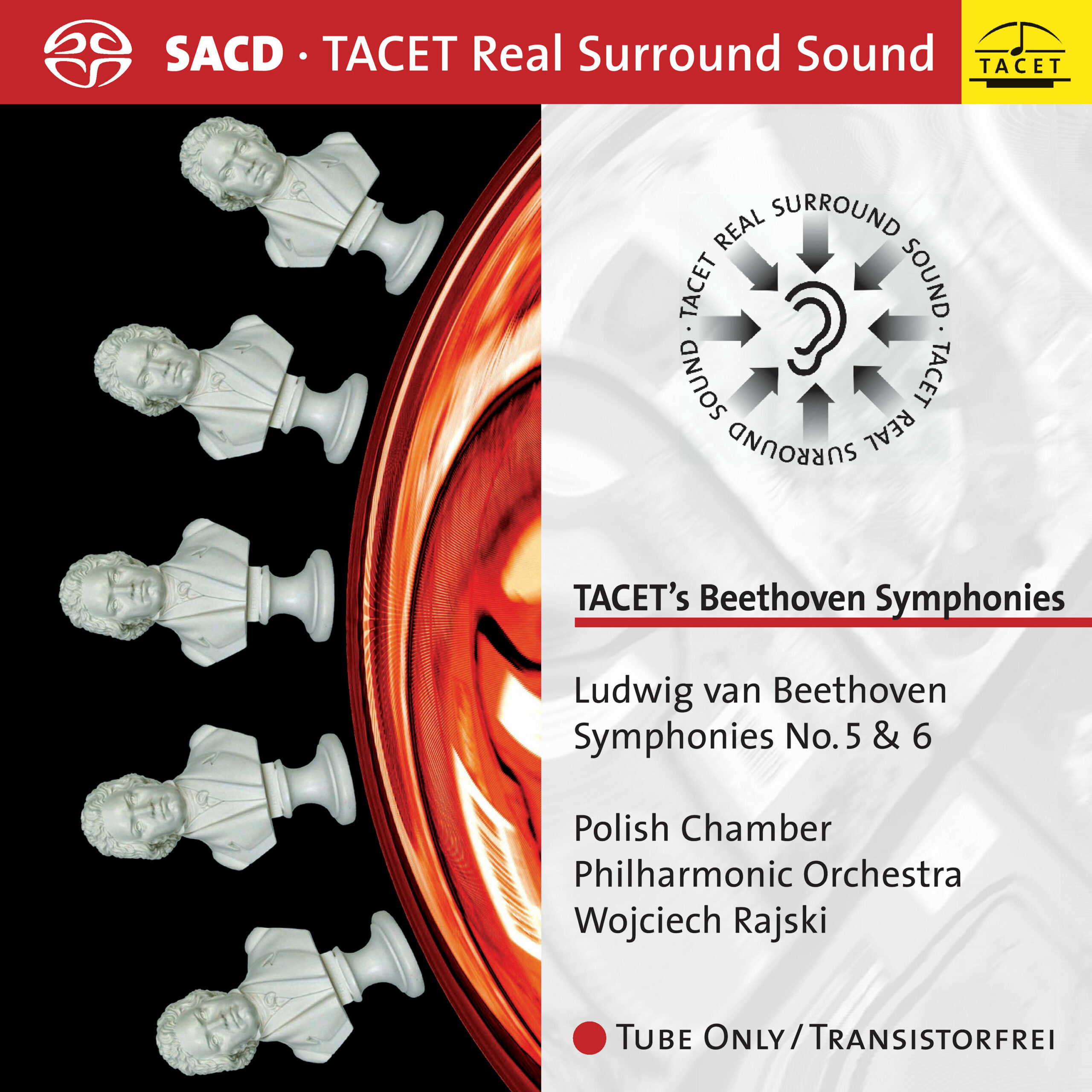

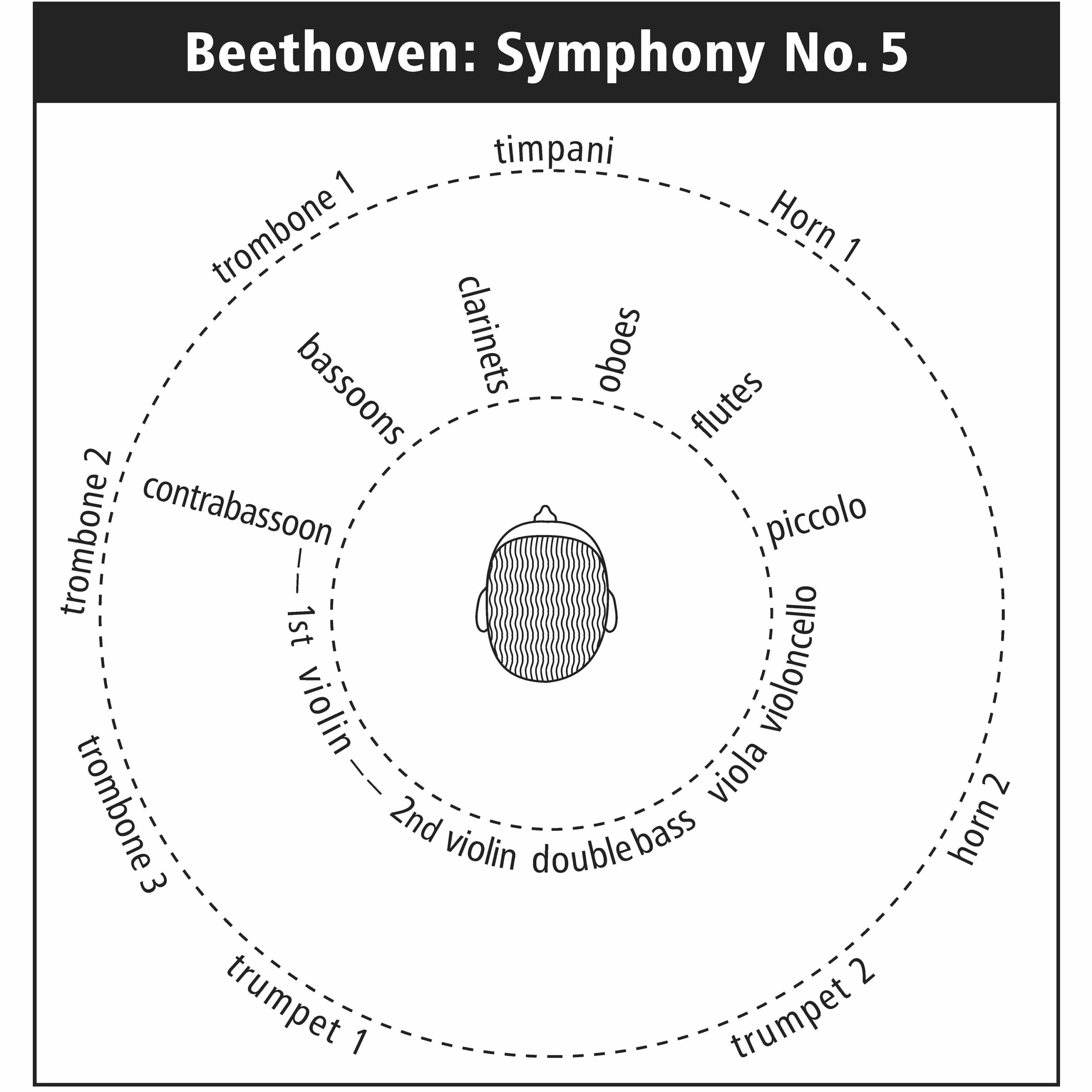
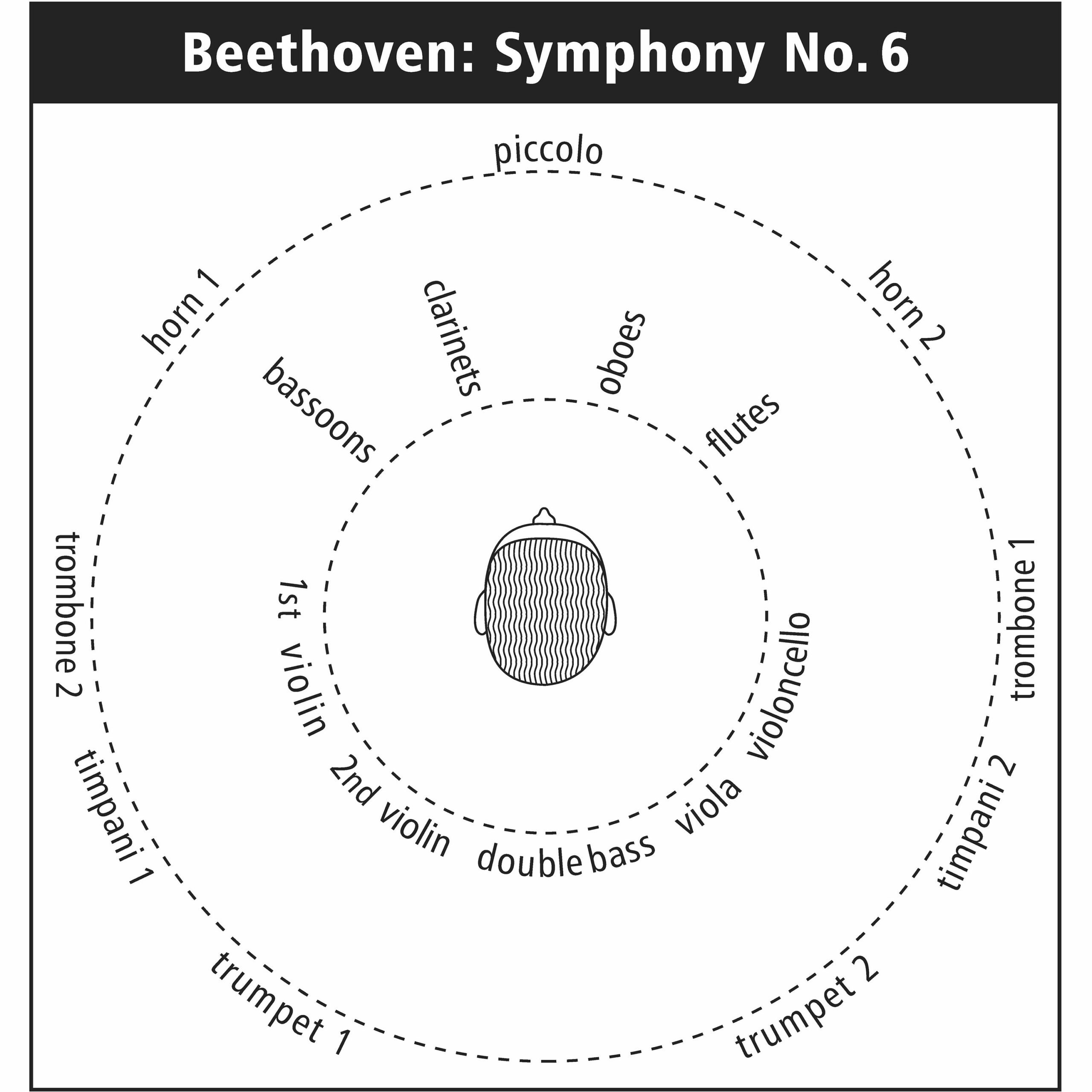

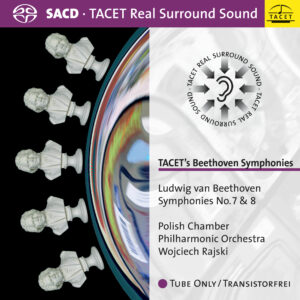
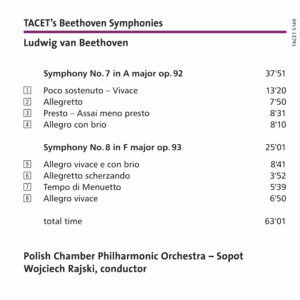
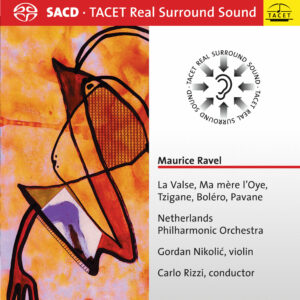
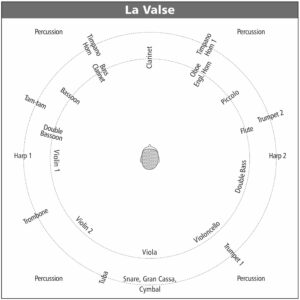

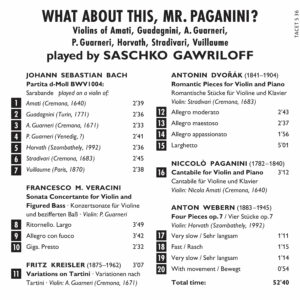
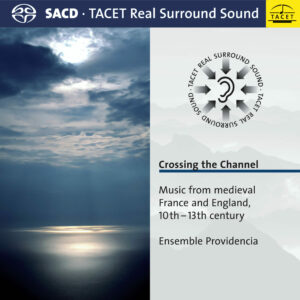

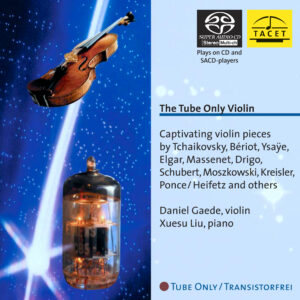
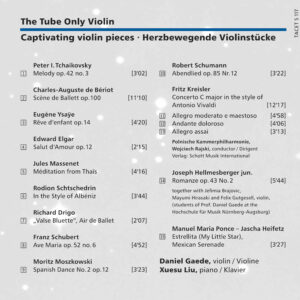
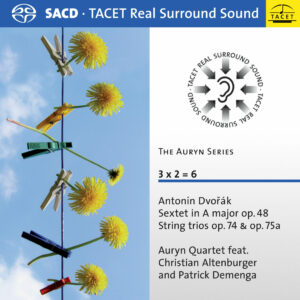
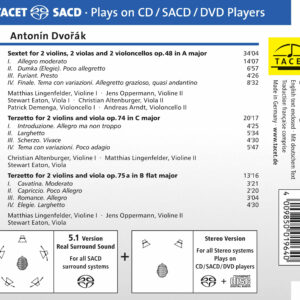
HRAudio.net –
--> original review
A good continuation of Rajski's cycle, this 3rd volume is largely very successful and presented in Tacet's controversial "Real Surround Sound" as well as Tube Only stereo layer.
The layout for the 5th symphony on the MCH layer is:
Inner circle (front l-r): contrabassoon, bassoons, clarinets, oboes, flutes, piccolo
Inner circle (rear l-r): 1st violins, 2nd violins, double basses, violas, cellos
Outer circle (front l-r): trombone 2, trombone 1, timpani, horn 1
Outer circle (rear l-r): trombone 3, trumpet 1, [gap in center], trumpet 2, horn 2
The layout for the 6th symphony on the MCH layer is:
Inner circle (front l-r): bassoons, clarinets, oboes, flutes
Inner circle (rear l-r): 1st violins, 2nd violins, double basses, violas, cellos
Outer circle (front l-r): horn 1, piccolo, horn 2
Outer circle (rear l-r): trombone 3, trumpet 1, [gap in center], trumpet 2, horn 2
Whatever the pro's and con's of this approach to presenting the recorded music in this manner might be, it is undeniable that it gives a clarity and exposure to all the various instrumental lines that is otherwise only attainable by actually playing in the middle of an orchestra in a world class acoustic. Some listeners will be enthralled and highly stimulated, others may find it just too much to stomach.
As for the performances themselves, for the most part the tempo choices are conventional for the current generation of Beethoven releases. The Polish Chamber Philharmonic Orchestra of Sopot is, as ever, highly musical, full of vibrancy and have a clarity of articulation that bares rigorous comparison with any ensemble one could care to name. A particular high point for me is the feather-light touch of all the strings in the scherzo of 5th (the trio has appropriate weight) - rarely have I heard it quite so delicately or quietly played as it is here. There is also plenty of eloquence, be it in the stirring second movement of the fifth symphony or the first, second or finale to the sixth symphony. The heft of the upper string playing is also felt to good effect in the opening movement of the fifth symphony and the middle movement of the sixth symphony; indeed, there is little sense of this being a chamber orchestra performance that is underwhelming.
There are, unfortunately, also some reservations. There are many points in the fifth symphony where it sounds like the double basses are either underpowered or Rajski has decided, inexplicably, to apply (what used to be called) "feminine" endings to a great many phrases that deserve a far weightier approach in this (and I suspect many other listeners) opinion. Another curious choice was the decision to use soft sticks for the timpani, which by comparison to Haitink's readings sound very tame and almost embarrassed to be present at the event - a problem in the finale to the fifth symphony and most of all, the fourth movement of the sixth symphony. Still, for those wishing to hear every instrumental line of these marvellous scores, these reservations should not weight too heavily on a potential listener; those seeking the stereo layer would be wise to look elsewhere (in particular Beethoven: Symphonies 1 & 5 - Haitink and Beethoven: Symphonies 1 & 6 - Vänskä).
The sound is pretty phenomenal by any normal standards, although the resonance of the Stella Maris church seems to be more prevalent than in the earlier releases of the cycle. The resonance never blurs any details at steady dynamic volumes but the ear loses focus when a sudden drop in dynamic occurs. A shame, for the playing is consistently stunning (pace the reservations outlined above).
Recommended, especially for a "new take" on classic masterpieces if not the only version to have sitting on the library shelves.
© 2009 John Broggio und HRAudio.net
Published here with kind permission of HRAudio.net and John Broggio.
Audiophile Audition –
--> original review
I have been listening to Beethoven′s symphonies for the better part of sixty years and it never ceases to surprise me how much one can do with that music. In the pyramid of compositions played both in the concert hall and/or in radio Beethoven has no equal, it′s always been on the top. Sometimes there is a challenge by Mozart and Brahms but nobody can dispute that the most recognized of all beginnings in classical music is that of the 5th symphony.
Fortunately there is nothing callow with Rajski′s version and his previous recordings of Beethoven symphonies for Tacet have shown a clear logic behind these realizations. Artistically he takes the fast road with Beethoven in the Viennese style rather than the heavy ponderous Germanic style so prevalent with one of Berlin′s top orchestras and many other orchestras in the land.
Right from the beginning of this disc we are confronted with the unusual placement or seating of this orchestra in reference to us, the audience in our listening rooms. Tacet′s hi-res “Real Surround Sound” SACD concept seats the orchestra in such a way that specific instruments and/or sections of the orchestra appear in our speakers defying the standard upfront configuration, as shown in the following diagrams:
Tacet makes a convincing argument for their decision to place instruments in different positions for both the 5th and the 6th symphonies. In the case of the 5th the orchestra seating is based on Beethoven′s introduction for the first in one of his orchestral pieces of three trombones, one piccolo and one contrabassoon, and the obvious solution is to enhance Beethoven′s historical decision. This is accomplished by placing these specific instruments in a location (read LF speaker) which is rather empty until that void is filled by the three trombones and the contrabassoon in the overpowering Finale, and no recording I have ever heard equals the acoustic effects this seating arrangement delivers. In Symphony No. 6 the orchestral seating and what comes out of what speakers changes radically - all to highlight certain instruments. The piccolo and two horns upfront, one in the left and the other in the right, as well as the placement of two timpani, two trombones and two trumpets equally divided on the left and right (read LR and RR speakers) certainly enhancing the surround acoustic space.
Realistically speaking Tacet′s decision is perhaps less controversial than it sounds. Going back to the two-dimensional image of music, the “horizontal” element being the duration of sound, and how Beethoven might have thought about the creation of his music as harmonic anticipation, repetition and change in tempo, it makes sense to place the core of the “harmonic” orchestra back center and evenly spread in both symphonies. On the other hand the “vertical” element has more to do with the actual sound of the instruments, specially the solo or quasi-solo instruments, and those are placed in the other edges in the back and upfront where that “vertical” color and timbre can be not only noticed but enhanced.
All in all, to make it short, Tacet′s way with the orchestra is a resounding (no pun intended) success and if one has the adequate equipment (read five full range speakers for surround) there is no better way to listen to a symphonic piece. Maybe the specific location of the instruments can be argued but not the concept, and we wish more of this type of real surround recordings were made.
Artistically speaking the performance of these two symphonies is absolutely beyond reproach. The 5th “damn the fermatas - full speed ahead” attitude permeates the whole symphony to a felicitous and overpowering Finale. This 6th allows us to imagine whatever we wish from Beethoven′s semi-programmatic idea of a day in contact with nature and I for one find this symphony just as fresh and essentially new every time I hear it in concert or in a recording. This symphony goes to people′s basic senses and in my experience is still a source of wonder.
This is definitely a reference hi-res disc both because of the orchestral performance and the sound. If anybody still out there dares to say that regular CDs are just as good as a hi-res surround sound SACD all they have to do is listen to this disc with the appropriate equipment. Specifically they should go to the Finale of the 5th (T-4) and T-8, the Storm movement of the 6th - there are no words to accurately describe the feeling of being in the midst of orchestra as it were.
A highly recommended disc, both for the sublime orchestral performance and more so for the glorious sound – a must have!
John Nemaric
HRAudio.net –
--> original review
There has been a surprising number of Beethoven symphony cycles appearing on SACD, and mostly very fine ones at that. Tacet's set with the Polish Chamber Philharmonic Orchestra under Woyciech Rajski is unique amongst them, because its 5.1 multi-channel layer places the listener in the middle of the orchestra. The producers have varied the enveloping arrangement of the instrumental groups for each symphony, claiming to bring out the particular orchestral devices which Beethoven used, and to add clarity and transparency to the sound. On the present disc, the layouts are different for each symphony, representing Beethoven's addition of 3 trombones, piccolo and contrabassoon to the final movement of the Fifth and trombone, piccolo and timpani to the Storm in the Sixth.
The standard of playing has been exemplary on the previous discs in the series, and this one is no exception. The chamber orchestra is close to the size of orchestras which Beethoven would have used, so the balance between winds and strings affords much greater internal clarity than with full-scale modern symphony orchestras. The Polish Chamber Orchestra also apply some HIP features, such as reduced vibrato and crisp articulation in the strings, hard sticks for the timpani, and in the trio of the scherzo of the Pastoral, the horns play their famous passage as though they were valveless, giving a fine, resonant quacking sound.
The Fifth symphony is given a crackling performance, with precise ensemble and a real sense of its drama and ultimate culmination in the majestically triumphant Finale. The depth of tone generated by the players leaves nothing to be desired in a comparison with large symphony orchestras. Rajski realises that the Fifth is about rhythm just as much as any work by Stravinsky, and he keeps a steady pulse, just a little slower than Gardiner and Van Immerseel in their HIP performances on RBCD, which use Beethoven's metronome mark. Some conductors go even faster than this, but the piece is labelled 'con brio' and not 'con fuoco'. Rajski and his band are superbly rhythmic in their playing, and never merely metrical. This Fifth is as exciting and challenging as any I have heard, the famous VPO/Kleiber notwithstanding. All the required repeats are taken, but not the 'extra' repeat of part of the Scherzo which was introduced a few years ago on discovery of a new MS source. In his New Beethoven Edition of the symphonies for Bahrenreiter, Johnathan del Mar rejects this particular repeat as not being Beethoven's last thought on the matter, although it still appears in some HIP performances.
Rajski's Pastoral vividly illustrates Beethoven's slightly naive but romantic programme, which would have been a great novelty to its early audiences. Although the movements are taken in a slightly relaxed way, there is a sense of vernal freshness, with lovely phrasing from both strings and winds, I did feel that a little more contrast in light and shade could have been achieved. The storm is a little disappointing - fine in proportion to the rest of the movements, certainly, but lacking the sheer terrifying outbursts of thunder and sudden flashing of lightning achieved by Gardiner, Immerseel and others - partly because the kettledrums do not seem to have been much encouraged. Again, all the required repeats are included.
Sonically, the wrap-around orchestral sections add an enormous sense of personal involvement in the music making. The strings are in a semicircle behind the listener, woodwind in front. The extra brass instruments are arrayed in an outer circle, making their later appearance even more effective. I do feel, however, that on this occasion (and elsewhere in the series), an opportunity is lost in not dividing the strings to left and right rear, as the fifth in particular has many antiphonal 'pass the parcel' passages which are are rather lost when the violins are all massed. Also, having the violas directly behind the listener means that they too easily get lost - one's ability to accurately locate sounds is less from behind, especially in the lower mid frequencies often used by the violas. I found this was easily remedied by turning my seat around and facing the rears! Truly one can experiment happily with this disc.
There is plenty of deep bass, which resonates satisfyingly in the ample acoustic. Although the booklet mentions that the subwoofer channel is not used very much, in this case, even though my speakers are all full-range, the balance was a little bass light until I switched the subwoofer in. I suspect, therefore, that some of the LF has been filtered off and sent to the sub.
This is a very fine pairing of two of Beethoven's most popular symphonies, very competitive and uniquely able to bring a fully immersive surround experience. I urge those suitably equipped to at least sample this listening mode. Otherwise, there is a well-balanced stereo layer to enjoy these committed and stirring performances. My reservations about the Pastoral's Storm may be personal. Having collected the series to date, I eagerly await the Eroica and the Ninth, especially to hear how the producers arrange the forces around the listening room in the latter!
John Miller
Published here with kind permission of HRAudio.net and John Miller.